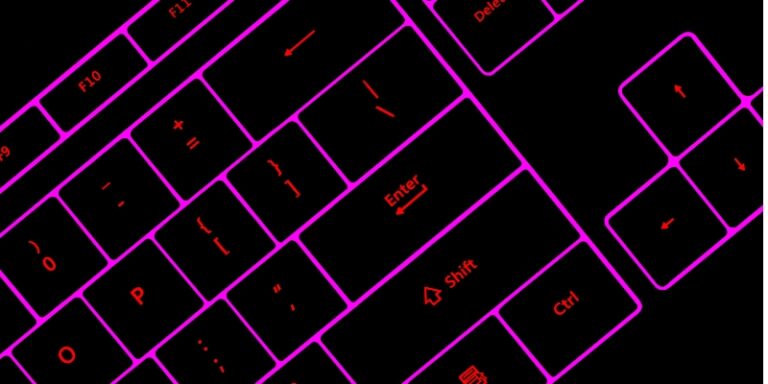What is Monitor Standing Desk?
A monitor standing desk, also known as a sit-stand desk, is a desk that can be adjusted to allow the user to work while standing up or sitting down. This type of desk has become increasingly popular in recent years due to its numerous benefits, including improved posture, reduced back pain, and increased productivity. In this article, we’ll explore the benefits, challenges, and tips for selecting and using a monitor standing desk.
Benefits of a Monitor Standing Desk
One of the primary benefits of a monitor standing desk is that it can help to improve posture. Sitting for extended periods of time can put a lot of strain on the back and neck, leading to pain and discomfort. When using a standing desk, however, the user is forced to maintain a more upright posture, which can help to reduce strain on the back and neck.
Another benefit of a monitor standing desk is that it can help to reduce back pain. Many people who suffer from back pain find that sitting for long periods of time exacerbates their symptoms. By using a standing desk, however, they can take pressure off their lower back and reduce their discomfort.
Finally, a monitor standing desk can help to increase productivity. When you’re standing up, you’re more likely to be alert and focused, which can help you to work more efficiently. Additionally, standing up can help to increase blood flow to the brain, which can improve cognitive function and help you to think more clearly.
Challenges of a Monitor Standing Desk
While there are many benefits to using a monitor standing desk, there are also some challenges to consider. For example, standing for long periods of time can be tiring on the feet and legs. It’s important to take breaks throughout the day to sit down and rest.
Another challenge of a monitor standing desk is that it can be difficult to find the right height. The desk should be adjusted so that the user’s arms are at a comfortable angle and their feet are flat on the floor. This can be a challenge if the user is taller or shorter than average.
Finally, a monitor standing desk can be more expensive than a traditional desk. However, the benefits of improved health and productivity may outweigh the additional cost.
Tips for Selecting and Using a Monitor Standing Desk
If you’re considering a monitor standing desk, here are some tips to help you select and use it:
Choose the right size
Make sure the desk is the right size for your space and needs. Consider the size of your computer monitor and any other accessories you’ll be using.
Look for a sturdy desk
A monitor standing desk needs to be sturdy and stable. Look for a desk with a solid base and a high-weight capacity.
Consider adjustable height
Look for a desk that allows you to adjust the height easily. Some desks may require manual adjustments, while others may have electronic controls.
Use an anti-fatigue mat
Standing on a hard floor can be tiring on the feet and legs. Consider using an anti-fatigue mat to reduce fatigue and discomfort.
Take breaks
Be sure to take breaks throughout the day to sit down and rest. Consider using a timer to remind you to switch between sitting and standing every 30 minutes to an hour.
A monitor standing desk can provide numerous benefits, including improved posture, reduced back pain, and increased productivity. However, it’s important to consider the challenges and tips for selecting and using one. With the right desk and proper use, a monitor standing desk can be a valuable addition to any workspace.







